Forecasting (conditionally) charting the path forward
Knowing the current state of the economy and where it is likely headed are key to making interest rate decisions today that keep inflation low and stable in future, Chief Economist Paul Conway says.
Forecasting (conditionally) charting the path forward
Knowing the current state of the economy and where it is likely headed are key to making interest rate decisions today that keep inflation low and stable in future, Chief Economist Paul Conway says.
Published:
15 April 2025
Share this page:
“Given economic uncertainty, which can be pervasive at times, forecasting is a critical tool for guiding monetary policy decisions, shaping expectations, and ensuring transparency,” Mr Conway says in a speech on forecasting, delivered today via live webinar.
“It is a complex but essential part of monetary policy making that is not always well understood by the public”.
We use a wide range of data and various methodologies to assess the current state of the economy to use as the ‘starting point’ for our economic projections and monetary policy decisions.
“Our forecast for the Official Cash Rate (OCR) reflects the economic picture at the time of the forecast. It is our best estimate of how the OCR will need to change over the next three years to meet our inflation target, conditional on the economic outlook, so inflation always ends up back at 2 percent.”
“That last bit – conditional on the economic outlook – should be read as being bolded, highlighted, and jumping off the page like a neon sign. I cannot overstate the importance of this conditionality,” he says. “If the economic outlook changes, which it almost always does to some degree, then our projection for the OCR will also change.”
“Because the OCR projection is conditional on everything else evolving as expected, it should almost never be interpreted as a guarantee of future MPC decisions,” he says.
Forecasting at the RBNZ: charting the path forward (PDF, 930KB)
More information
NB: The speech is written by Chief Economist Paul Conway and RBNZ staff and is not an official statement from the Monetary Policy Committee. There is no update on the state of the economy since the 9 April 2025 Monetary Policy Review.
Alongside the speech, we are publishing a related Bulletin and 2 Analytical Notes, as well as launching Kiwi-GDP, which is a live “nowcast” of GDP on our website.
·Bulletin: The Role of Forecasting in Monetary Policy. By Adam Richardson and Rebecca Williams.
·Analytical Note: Forecasting Investment and House Prices in New Zealand using Dynamic Factor Models. By Tyler Smith and Trent Lockyer.
·Analytical Note: Nowcasting New Zealand GDP using a dynamic factor model. By Gerelmaa Bayarmagnai
·Kiwi-GDP - a live nowcast of GDP to be updated weekly.
·Watch a short video about the speech on RBNZ YouTube.
·A full recording of the speech and a question-and-answer session will be available on RBNZ YouTube as soon as possible.
Key points from the speech
·The best contribution monetary policy can make to the long-term wellbeing of New Zealanders is to deliver stable prices, aiming at 2 percent inflation.
·We aim for stable prices through “flexible” inflation targeting. Trying to get inflation down too fast can damage the economy.
·We aim to control inflation over 1 to 3 years ahead.
·The speech explains how the RBNZ forecasts and the tools we use, including:
1. How we conduct short-term forecasts (nowcasting)
2. How our forecasts should be interpreted
3. The importance of forecasting for flexible inflation targeting








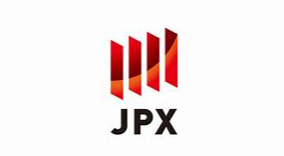

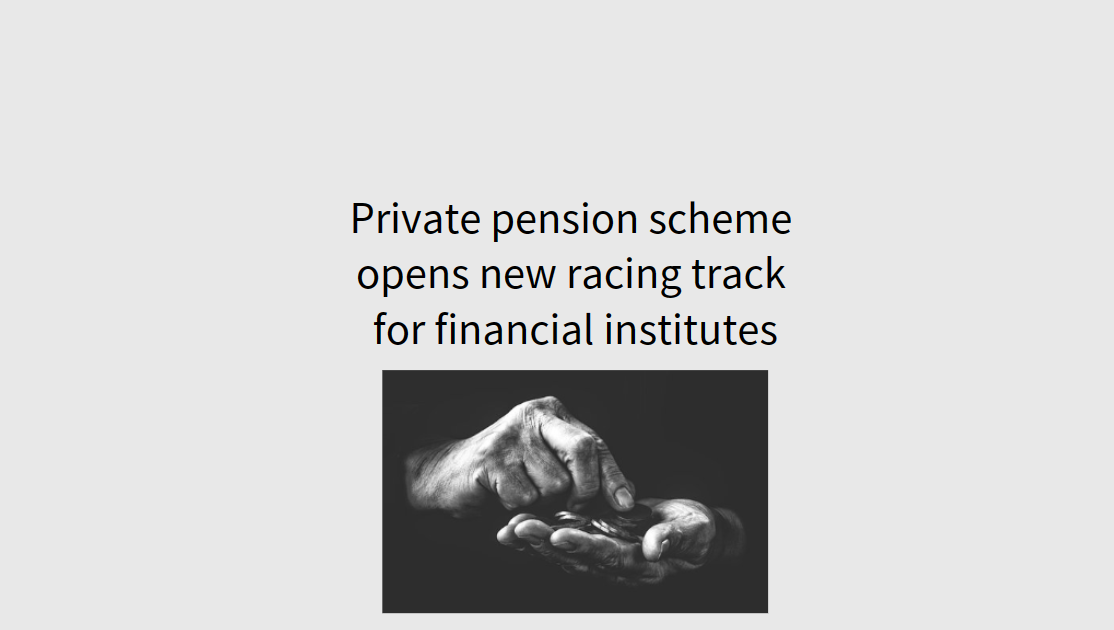







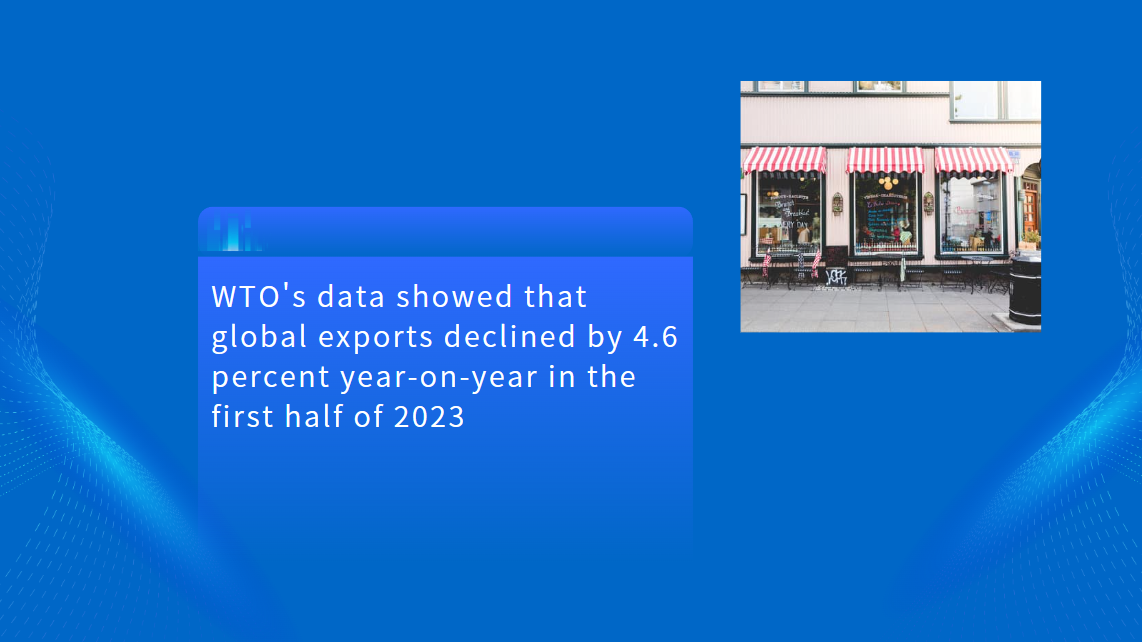






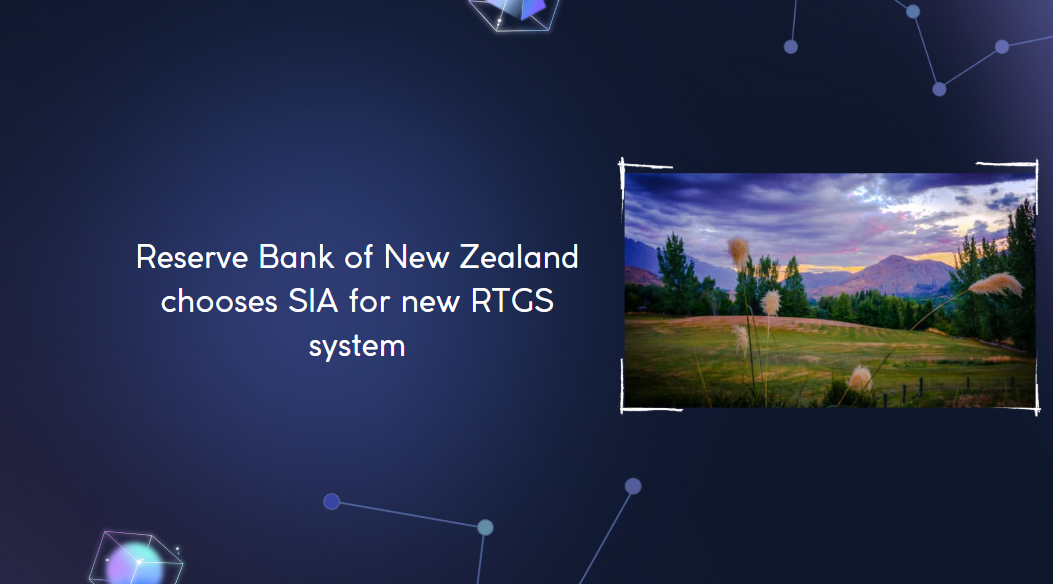















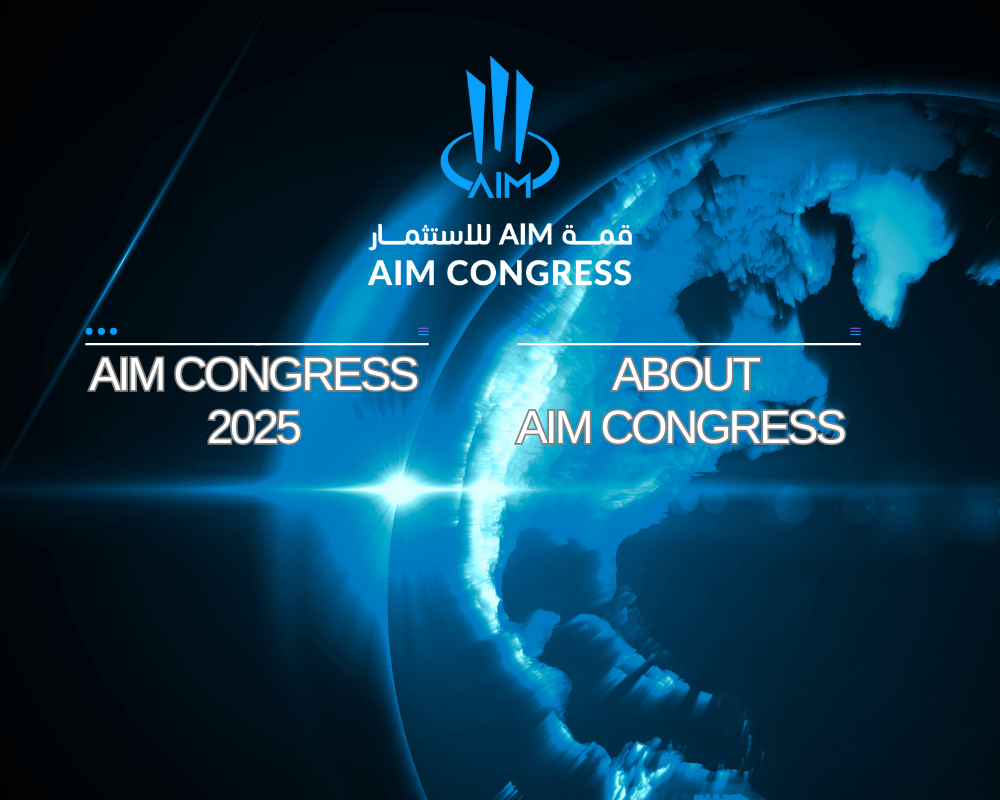












First, please LoginComment After ~